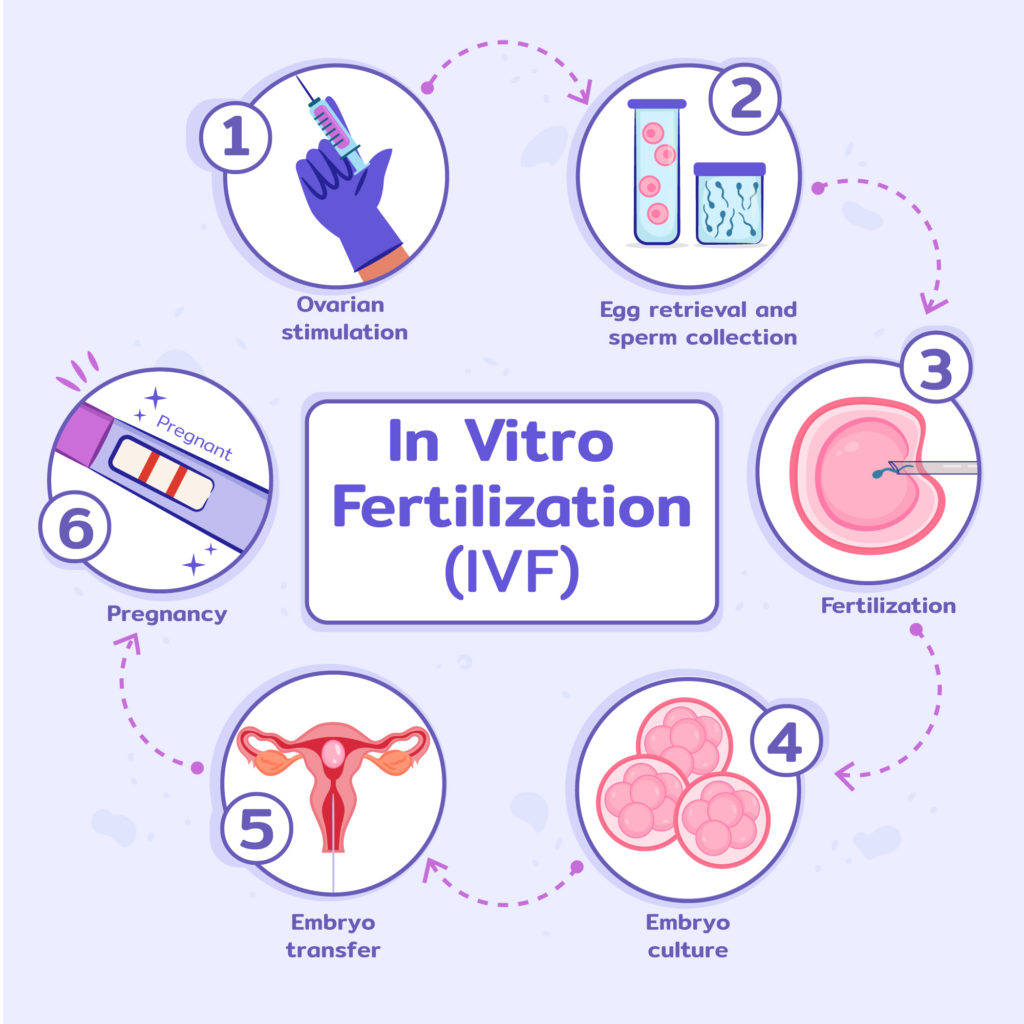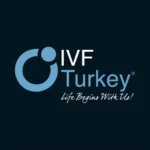The Science Behind IVF: Understanding the Basics


In Vitro Fertilization (IVF) is more than a medical procedure; it’s a beacon of hope for millions worldwide struggling with infertility. This comprehensive article delves deeply into the sophisticated processes, historical evolution, and profound impact of IVF, offering a thorough understanding for those curious about this transformative technology. From its complex biological basis to its emotional and psychological ramifications, IVF is a multifaceted journey that has changed the landscape of reproductive health and offered new horizons to aspiring parents.
What is In Vitro Fertilization?
IVF, a cornerstone of assisted reproductive technology (ART), has revolutionized the possibilities of parenthood. It involves a meticulously orchestrated process of fertilizing an egg outside the body, followed by the critical step of implanting it into the uterus. This technique has emerged as a primary solution for a range of fertility challenges, including but not limited to, blocked fallopian tubes, male factor infertility characterized by low sperm count or motility, ovulatory disorders that impede the release of viable eggs, and cases of unexplained infertility where traditional conception methods fail.
Historical Perspective of IVF
The Beginnings
The journey of IVF, marked by innovation and perseverance, began in earnest during the 1970s. It reached a pivotal moment in 1978 with the birth of Louise Brown, the first baby to be conceived through this groundbreaking technology. This event didn’t just herald the birth of a child; it signified the birth of a new chapter in reproductive medicine and offered hope to countless individuals facing the challenges of infertility.
Milestones in IVF
Since its inception, IVF has undergone a remarkable evolution. The 1990s saw the introduction of ICSI (Intracytoplasmic Sperm Injection), a significant advancement for cases involving severe male infertility. Alongside this, there have been continuous improvements in ovarian stimulation protocols, allowing for the more effective production of viable eggs. The refinement of embryo culture techniques, ensuring the growth and selection of the healthiest embryos, has also greatly contributed to the enhanced success rates of IVF treatments.


The IVF Process: Step by Step
Ovarian Stimulation
The first crucial step in the IVF process is ovarian stimulation. This involves administering specialized fertility drugs to stimulate the ovaries to produce multiple eggs, rather than the single egg typically produced each month. This stage is critical as it significantly raises the probability of obtaining a substantial number of viable eggs for subsequent fertilization.
Egg Retrieval
Egg retrieval, a pivotal and delicate step in the IVF process, involves a minor surgical procedure under sedation or anesthesia. Here, eggs are carefully extracted from the ovaries, typically using ultrasound guidance to precisely locate and aspirate the eggs. This procedure demands a high degree of precision and care to optimize the outcomes and ensure the maximum number of healthy eggs are retrieved.
Sperm Collection
In tandem with egg retrieval, a sperm sample is collected, usually through ejaculation. This sample then undergoes a meticulous preparation process to isolate the most viable and motile sperm. This step is fundamental in ensuring successful fertilization, particularly in cases of male infertility.
Fertilization
In the controlled environment of a laboratory, eggs and sperm are combined to facilitate fertilization. In instances of severe male infertility, the ICSI technique is employed, where a single sperm is directly injected into an egg, enhancing the chances of successful fertilization.
Embryo Culture
Post-fertilization, the embryos are meticulously cultured in a laboratory setting. This critical stage allows embryologists to monitor the embryos’ development, selecting the most viable and healthy ones for the transfer process.
Embryo Transfer
The most viable embryo(s) are then selected for transfer into the uterus. This delicate and significant procedure marks a crucial point in the IVF journey, embodying the culmination of numerous scientific efforts and the hopes of aspiring parents.
Pregnancy Test
Approximately two weeks following the embryo transfer, a pregnancy test is conducted. This moment, filled with anticipation and hope, determines the success of the IVF cycle and is a profound milestone for those on their path to parenthood.
Advanced Techniques in IVF
In the realm of IVF, continuous technological advancements have greatly enhanced the prospects of a healthy pregnancy. Techniques like Preimplantation Genetic Testing (PGT) now enable the screening of embryos for genetic abnormalities before transfer, significantly enhancing the likelihood of a successful and healthy pregnancy.
The Role of Embryology
Embryologists, the unsung heroes of the IVF process, play a pivotal role. Their expertise in meticulously monitoring the development of embryos and selecting the best candidates for transfer is instrumental in the success of IVF treatments. Their skill and precision in handling these delicate early stages of life are paramount to achieving the desired outcomes of IVF.
Challenges and Success Rates
Despite the advances and successes, IVF is not without its challenges. The success rates of IVF are influenced by a myriad of factors, including the age of the individuals, the specific underlying causes of infertility, and various lifestyle factors. Moreover, the emotional journey that accompanies IVF is a significant aspect of the process, often requiring immense psychological resilience and support.
The Future of IVF
Emerging Research and Trends
The field of IVF is in a constant state of evolution, with ongoing research focused on enhancing success rates, minimizing associated risks, and improving the efficiency and accessibility of treatments. Emerging trends and innovative techniques continually offer renewed hope and possibilities, paving the way for even greater success and satisfaction among those seeking assistance through IVF.
Conclusion
In conclusion, IVF is a complex and scientifically sophisticated procedure that has become a beacon of hope for countless individuals and couples aspiring to parenthood. By delving into the basics of IVF, individuals can gain a deeper understanding and set realistic expectations about the process. Personalized guidance and support from a fertility specialist are crucial throughout the IVF journey. For those embarking on this path, IVF represents not just a medical solution but a journey filled with hope, resilience, and the potential for immense joy.
For additional information or to explore your options with IVF, please feel free to reach out to our team of experienced fertility specialists. We are here to guide you through every step of this life-changing journey.



